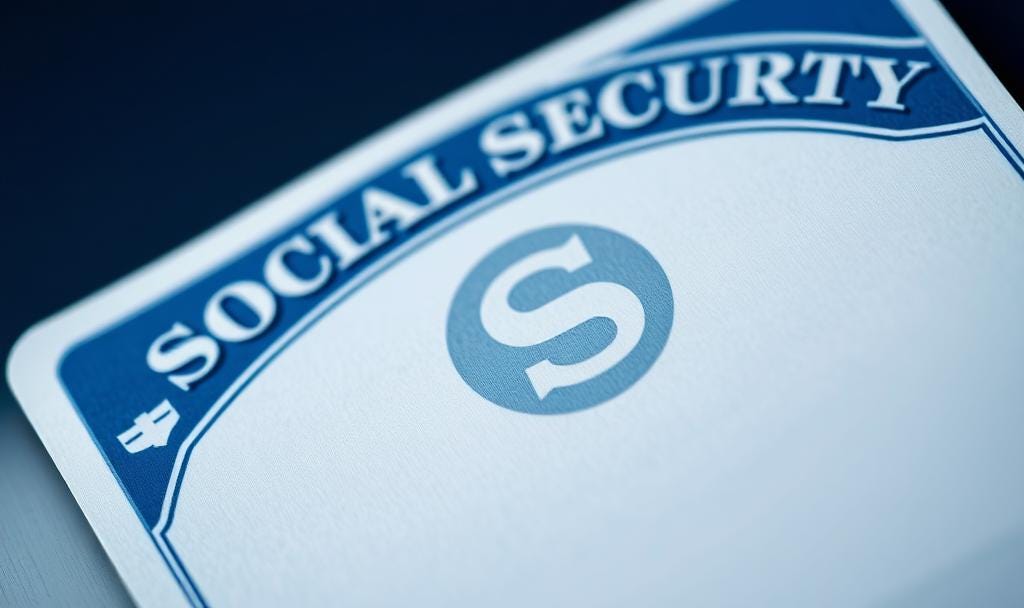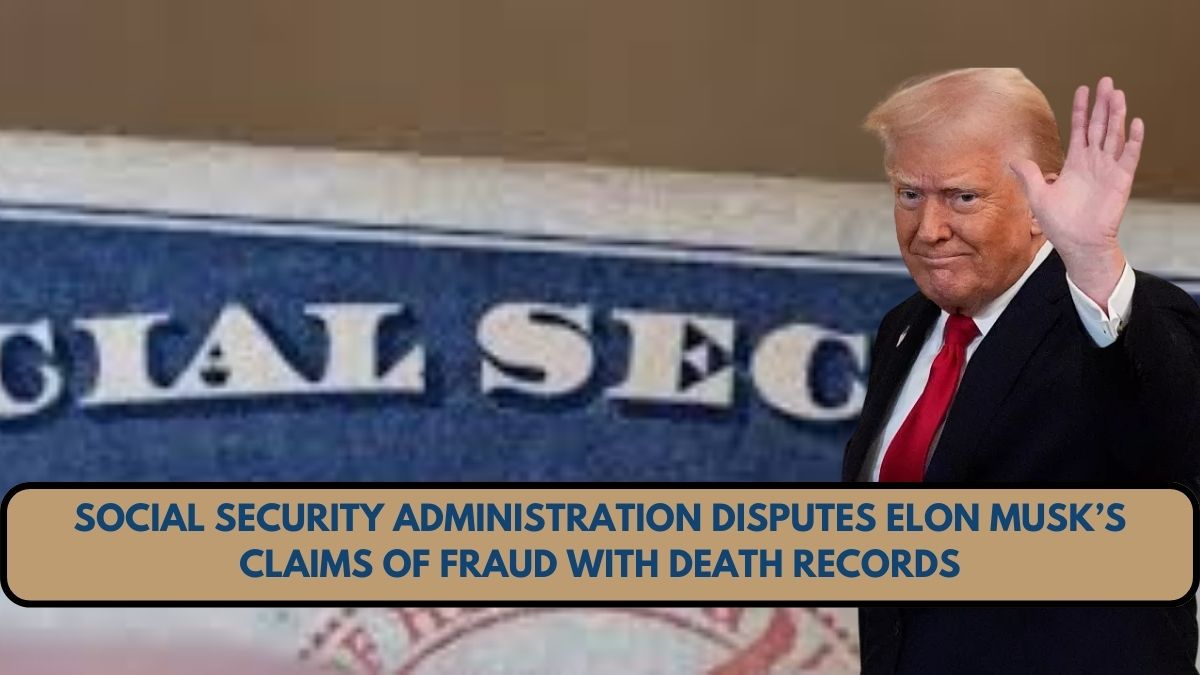The Social Security Administration (SSA) has issued a strong rebuttal to claims made by Elon Musk regarding widespread fraud in the agency’s death records. Musk had raised concerns about millions of deceased individuals continuing to receive benefits, labeling it a potentially “huge problem” and one of the “biggest frauds in history.” However, the SSA has clarified the situation, presenting data that highlights the accuracy of its death records and offering insight into the process by which death notices are handled.
Elon Musk’s Accusations: A Misunderstanding of the Data
In a series of tweets, Musk pointed to a significant issue with the Social Security records, claiming that millions of people aged 120 or older were still listed as receiving benefits. He referenced the over 3 million annual death notices the SSA receives, suggesting that the persistence of these records could point to a major systemic failure.
While the concern raised by Musk sparked public interest, it misrepresents how the SSA manages its death records. According to the SSA, while it receives approximately 3 million death reports annually, the number of errors or instances where individuals are wrongly listed as deceased is far smaller than suggested by Musk. In fact, only around 0.3% of death records are reported as erroneous each year—about 9,000 cases that need corrections.

SSA’s Death Master File: How It Works
The SSA’s Death Master File (DMF) is a critical tool used by various government agencies and institutions to track the status of deceased individuals. This database contains over 90 million records, each representing a reported death. It is updated continuously as the SSA receives death notices from multiple sources, including family members, funeral homes, and other official entities.
However, no system is perfect. While the SSA’s DMF covers approximately 95% of all deaths in the United States, errors can still occur. In some cases, records may reflect incorrect or outdated information due to technical issues or delays in data processing.
For instance, individuals who have passed away might not be immediately reported, and individuals with rare or unclear birth dates may appear as unusually old—sometimes showing ages well over 120 years. These discrepancies can give the impression that there is a larger issue than what actually exists.
Despite these rare errors, the SSA stresses that the overall accuracy of its death records is high. They actively monitor and correct mistakes as they are identified. Furthermore, while these errors might cause inconvenience, they are relatively rare and are promptly corrected once discovered.
What Happens When a Death Is Reported?
The SSA receives death notices from a variety of sources, including state vital records departments, funeral homes, and even family members who file death certificates.
Upon receiving these notices, the SSA updates the individual’s Social Security record, and any benefits or payments are adjusted accordingly. If an individual has passed away and the information has been processed correctly, their Social Security benefits are typically terminated to prevent overpayments.
However, in cases where an individual is incorrectly flagged as deceased, their benefits may be suspended or terminated until the issue is corrected.
This can cause financial hardship for those affected, but the SSA has mechanisms in place to reverse these errors. Affected individuals can file an appeal and provide documentation to rectify the situation.
The Impact of Incorrect Death Records
Although errors in death records are rare, the impact can be significant. Incorrect death reports can lead to the suspension of benefits, freezing of bank accounts, and potential complications with employment verification. To mitigate this, the SSA urges individuals to report any errors in their records promptly to avoid these issues.
Moreover, the SSA is committed to continually improving the accuracy of its records through a combination of automated systems and manual oversight. It also works closely with external agencies and organizations to maintain the integrity of its death reporting process.

Conclusion: A System That Works, Despite Minor Errors
The claims made by Elon Musk about fraud in the SSA’s death records are largely based on misunderstandings of the data. While the SSA acknowledges that errors in the system can occur, they are extremely rare and are typically corrected swiftly.
The administration processes millions of death notices each year with a high level of accuracy, and there is no evidence to support the suggestion of widespread fraud.
In the end, while it’s crucial to scrutinize systems as important as Social Security, it’s equally important to base criticisms on accurate and reliable data. The SSA continues to work diligently to ensure its records are as accurate as possible, providing vital services to millions of Americans every day.
For more information on the Social Security Administration’s death records and how they handle corrections, visit the official SSA website.
This article has been carefully fact-checked by our editorial team to ensure accuracy and eliminate any misleading information. We are committed to maintaining the highest standards of integrity in our content.

Deepak Grover is a dedicated content writer at OTE News, specializing in government affairs, public policy, and current events. With a keen eye for detail and a passion for factual reporting, he ensures readers receive accurate and insightful news. Deepak holds a degree in Political Science and has experience in research-driven journalism.
When not writing, he enjoys reading historical books, exploring hiking trails, and staying updated with global political trends. His commitment to ethical journalism makes him a trusted voice at OTE News.




